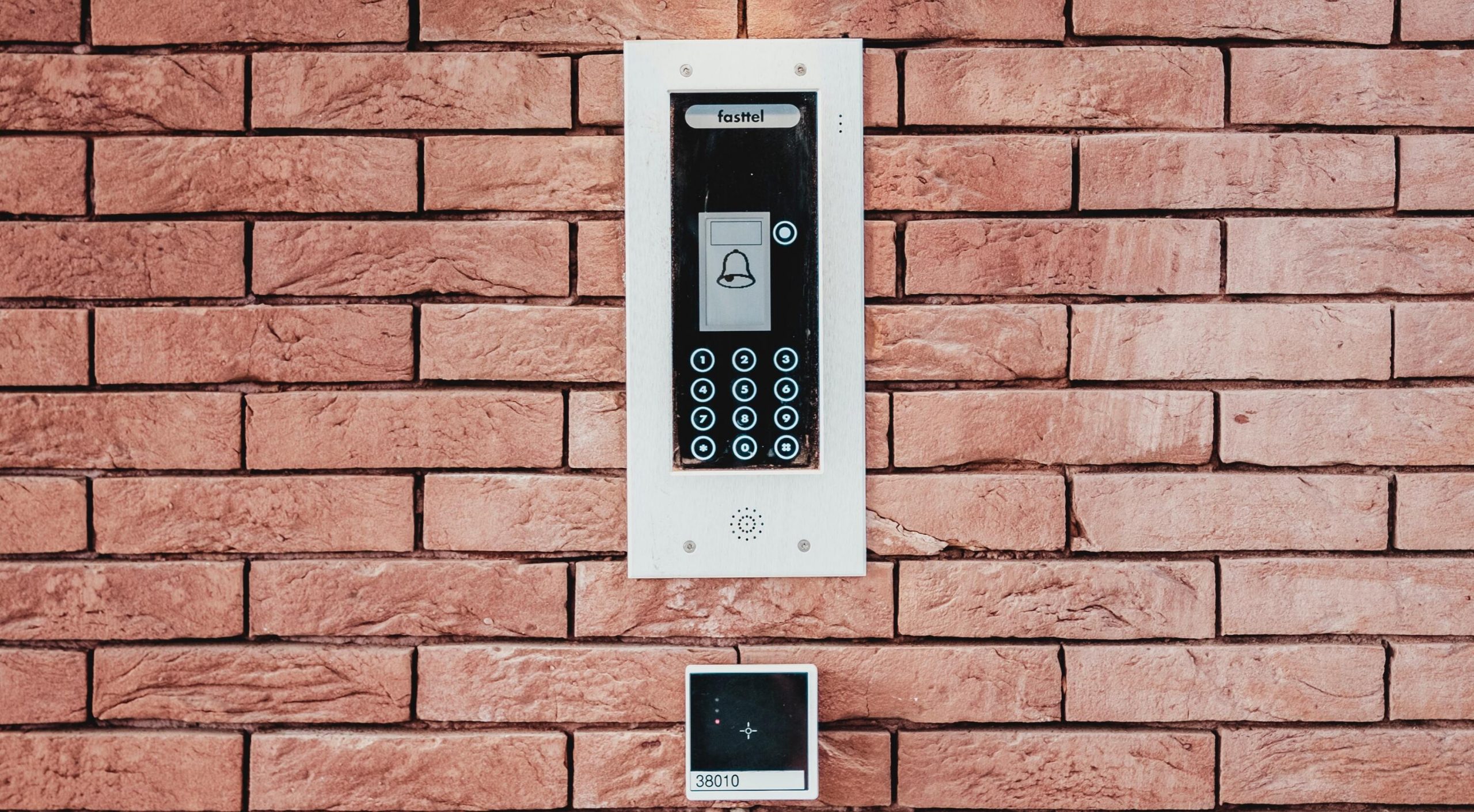If you can buy anything in 7-eleven today, count yourself lucky. Here in Denmark, the entire chain is shut down because hackers got into their Point-of-Sale terminals.
Through luck or skill, 7-eleven seems to have managed to limit the damage to Denmark. If they were lucky, each country simply runs its own network and are not interconnected. If they were skillful, they had segmented their network so the malware couldn’t spread. Remember that Maersk Lines had not sufficiently segmented their network, and were laid low when malware targeting Ukrainian companies spread from their Ukrainian subsidiary to their entire global operation.
Is your network appropriately segmented so one hacker cannot kill your entire operation?










